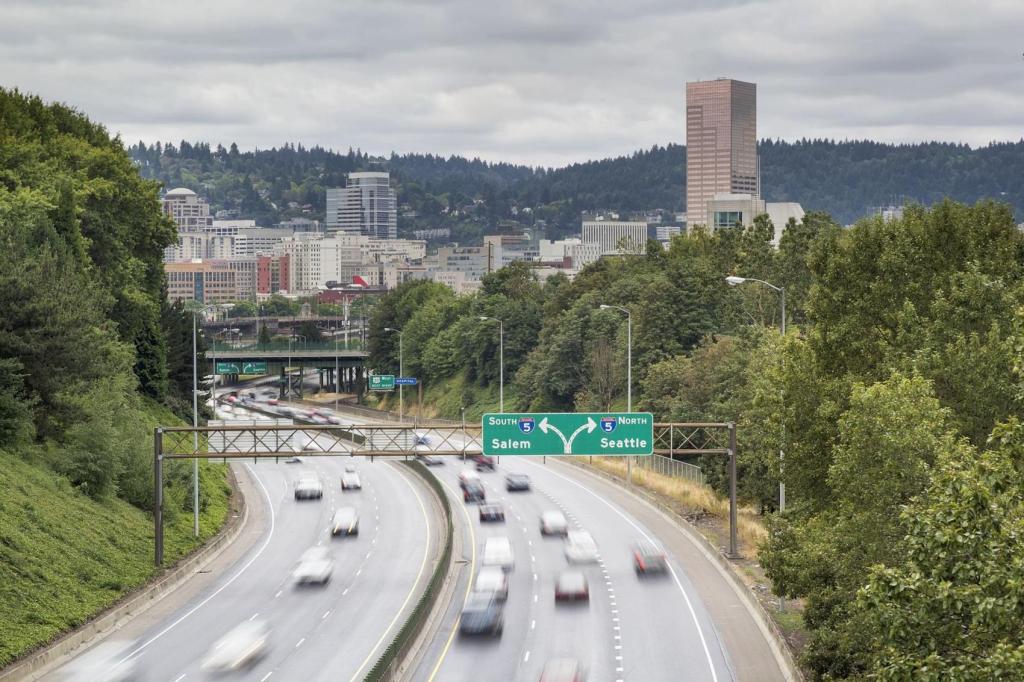Our view: State police bill a lofty goal, not much else
Published 8:15 am Tuesday, February 18, 2020

- Oregon lawmakers are being asked to set a goal for Oregon State Police. Senate Bill 1545 would require the state police to have at least 15 patrol troopers per 100,000 Oregonians. Today, there are just eight troopers per 100,000 residents.
Oregon lawmakers are being asked to set a goal for Oregon State Police. Senate Bill 1545 would require the state police to have at least 15 patrol troopers per 100,000 Oregonians. Today, there are just eight troopers per 100,000 residents.
It may be just the right goal, but there’s a flaw in the measure. It sets a standard, but it is mute on where that money will come from. The Legislative Fiscal Office does have an estimate, however. According to its calculations it would cost more than $146.4 million in addition to current spending and routine spending increases over the next four biennia.
That could be a problem. Currently most funding for the state police comes from the state general fund. That means state police must compete with schools, the Oregon Health Plan and a slew of other programs for operating funds every two years. The increase is almost half again as much as the agency currently receives from the general fund.
The agency hasn’t always been funded this way, to be sure. The state police were among those who got a share of the state’s fuel tax each biennium until Ballot Measure 1 was passed by voters on May 20, 1980. The measure barred the state from spending fuel taxes and vehicle license receipts and fees on anything but highways and rest areas. That meant no more highway funds for state police or for parks and recreation, which had also been getting a cut of the highway funds.
Nearly doubling the state police patrol trooper force to 15 per 100,000 would put Oregon in the middle of the pack, so far as law enforcement per capita is concerned. More important, it would mean that nearly all of Oregon would have round-the-clock police coverage, something that isn’t true today in places like Curry County, on the Oregon Coast, and much of Eastern Oregon. Only Wallowa County would not see round-the-clock police coverage.
While it’s clear the Oregon State Police are unable to provide round-the-clock coverage in much of Oregon, and while that’s a worthy goal, huge questions remain about how that money will be raised, and what other programs will suffer as a result. That may be why a nearly identical measure tanked in 2019, and it doesn’t bode well for the current version.




